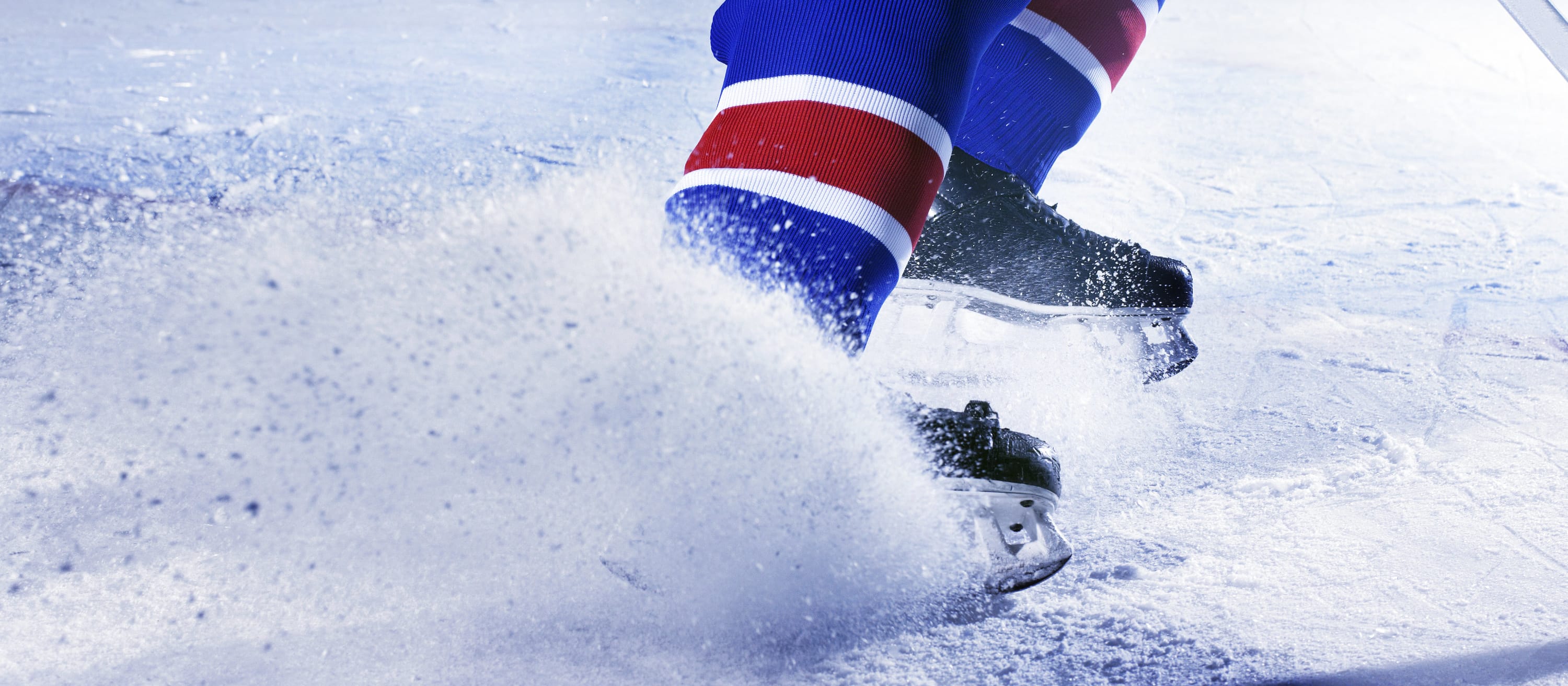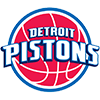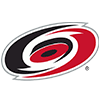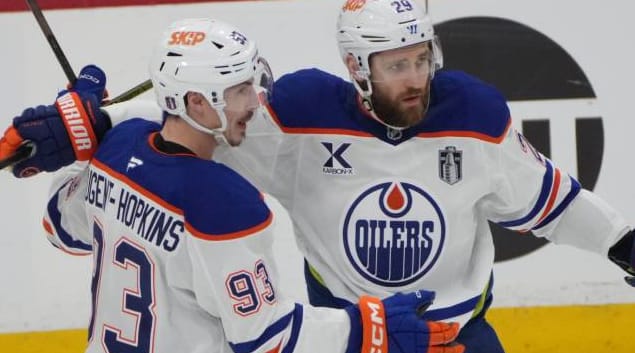The offseason. A perfect time to sit back and relax, enjoy a few golf games, hang out with the family, and for our favorite fantasy players, to have surgery. This leaves some of us wondering if those players will be back in time to help pad our rosters with point scorers, or if we'll be gambling with a perpetually injured long-term IR player. No one wants to waste a draft pick, so I hope this helps a bit.
Marion Gaborik of the Rangers underwent a successful surgery to repair the labrum in his right shoulder June 6. Labral tears are repaired arthroscopically; this means the surgery was minimally invasive and helps to eliminate the chances of large non-healing incisions or an infection which can cause major recovery time setbacks. Inside the incisions, the surgeon uses a small camera to find the labral tear and identify the type of tear in the labrum. (The Rangers don't feel the need to release the type of labral tear Gaborik had, and in the end it doesn't matter nor does it affect recovery time, so on we go.) The surgeon would have then applied suture anchors to sew the labrum back into place within the shoulder socket. Recovery and rehabilitation time will equal about 5-6 months. This means that Gaborik will be missing in action until at least November. Even though he'll be gone for at least the first third of the season, I wouldn't write him off completely. With 82 games last season,
The offseason. A perfect time to sit back and relax, enjoy a few golf games, hang out with the family, and for our favorite fantasy players, to have surgery. This leaves some of us wondering if those players will be back in time to help pad our rosters with point scorers, or if we'll be gambling with a perpetually injured long-term IR player. No one wants to waste a draft pick, so I hope this helps a bit.
Marion Gaborik of the Rangers underwent a successful surgery to repair the labrum in his right shoulder June 6. Labral tears are repaired arthroscopically; this means the surgery was minimally invasive and helps to eliminate the chances of large non-healing incisions or an infection which can cause major recovery time setbacks. Inside the incisions, the surgeon uses a small camera to find the labral tear and identify the type of tear in the labrum. (The Rangers don't feel the need to release the type of labral tear Gaborik had, and in the end it doesn't matter nor does it affect recovery time, so on we go.) The surgeon would have then applied suture anchors to sew the labrum back into place within the shoulder socket. Recovery and rehabilitation time will equal about 5-6 months. This means that Gaborik will be missing in action until at least November. Even though he'll be gone for at least the first third of the season, I wouldn't write him off completely. With 82 games last season, Gaborik picked up 41 goals and 34 assists and ended with a plus-15 rating. After completing his rehab stint and finally making a comeback to the ice, Gaborik should be just as good (if not better) than he was last year.
Ryan Kesler of Vancouver knows just how Gaborik is feeling. Kesler underwent the same shoulder surgery just a month before and is looking at a solid six months or more of recovery time. Kesler rushed back last season, returning only three months after hip surgery. He was plagued with hip flexor issues and never really returned to 100 percent, netting just 22 goals and having 27 assists in his 77 games this past season (down from 40 goals in 2010-11). Rehabilitation will be strenuous and tough on the Canucks center, as the trainers will have him working through range of motion, strengthening, and then finally adding in hockey specific skills in a few months. Kesler has said he won't even think about returning until he's at 110 percent, even if that has him starting as late as December. When Kesler returns happier and healthier we can only hope that he returns with better stats than last season.
Mark Fayne of New Jersey underwent wrist surgery (June 22) to repair his scapholunate ligament. This ligament holds two of our wrist (carpal) bones together and helps in a large part with wrist stability. Normally this injury is caused by a hyperextension of the wrist, which can be caused by a large number of things like falling on your hand, doing push-ups, or punching someone in the face incorrectly (and because we don't know exactly how it happened, I'm taking it upon myself to assume it was the latter). There are a few different ways his wrist could have been repaired, including wrist arthroscopy (going in and debriding the ligament, then suturing it back together) or stabilizing the bones with pins. I don't pretend to know what the Devils' blueliner underwent, but the recovery time should be about the same in either case, lasting about 3-4 months. That puts him within a timeline to return to play around September, but I would watch out for him and any continued issues concerning stick control or puck handling. With 82 games played last season Fayne had four goals, 14 assists, and a minus-4 rating, and ended with 36 penalty minutes.
Another Devil I suggest to watch out for come draft time is Ilya Kovalchuk. It's the beginning of July and the team is slowly acquiring second and third opinions on Kovalchuk's "herniated disc" problem. No one seems to be able to answer the impending surgery question because no one seems to be able to agree on an actual diagnosis. If it is a herniated disc, the disc bulging from in between the two spinal bones will irritate some of the surrounding nerves, causing a great amount of pain with certain movements. And without treatment Kovalchuk might start experiencing (if he isn't already) numbness and weakness in an arm or leg. Those with herniated discs rarely have surgery to correct the issue, and I'm sure the trainers in New Jersey are taking excellent care of the veteran left winger, but you still have to ask yourself, will rehab techniques and pain killers be enough to snuff the pain in his lower back enough to produce points come the start of the 2012-13 season?
Concussions have become a huge issue not only in hockey but within the world of sports as a whole. We're seeing athlete after athlete stay out of the game for months (and in some cases years) at a time because their symptoms are not wavering. Marc Savard (Boston) has been out since January 2011 and is still experiencing daily headaches and memory loss. Standing up on skates for too long is an issue and causes nausea and dizziness, which means Savard is still nowhere near returning to play professional hockey.
The Rangers' Michael Sauer still has a huge question mark on his return date. Sauer hasn't played since December 5, 2011 and to this date hasn't started working out yet either. In his short season, Sauer played 19 games with one goal and two assists and had a plus-9 rating.
More optimistically, Pierre-Marc Bouchard (Minnesota) and Nathan Horton (Boston), who both haven't played since January, might be seeing the light at the end of the dark concussion symptom filled tunnel. Bouchard only got through 37 games with nine goals and 13 assists (ending with 18 PIMs and a minus-1 rating) before his injury. The Wild's GM has said recently that he is very optimistic for Bouchard to return for training camp. Horton had a longer season of 46 games and had 17 goals and 15 assists before succumbing to his head injury. The Bruins are so confident in his return that they're not looking at any replacement forwards for the upcoming season.
Radek Martinek (Columbus) may be ready to join the Blue Jackets in action this season after missing all but seven games of the 2011-12 season due to his concussion. The defenseman is showing promise while he skates during the offseason. Martinek netted a lone goal in his seven games with Columbus and registered five hits on the boards.
Another blueliner we might be able to see return is Steve Montador of Chicago. Before his concussion woes started, Montador played in 52 games and netted five goals with nine assists plus 49 hits. For the sake of some of our deeper rosters, we can only hope his symptoms fade away soon.
Comparatively, concussions can be career-ending or heal within days or weeks. There's no promise that any one of these players will return for training camp, let alone the regular season. Patrice Bergeron is a great example of the healing process taking a long time, but the end resulting in a thunderous return. However, Savard may be at the other end of this concussion spectrum. Only time will tell us, but when it comes to concussions I wouldn't take a bold choice when it comes to your roster during the draft.
























